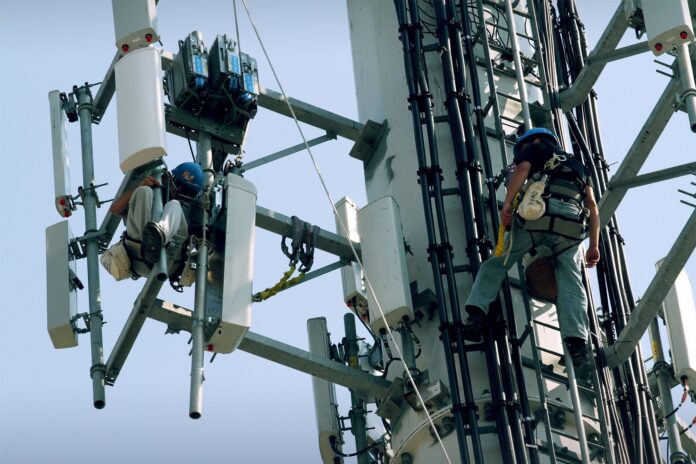With wireless operators continuing to focus their network building and operating resources towards LTE-based services, the need to free up both financial and spectrum resources by decommissioning legacy operations continues to grow.
Some operators have already plunged head-first into these decommissioning projects, with mixed results, while others are beginning to set the wheels in motion for such activity. RCR Wireless News recently took a look at the issue in a report and webinar, uncovering many of the challenges and benefits embedded in such activity.
Adding to that knowledge base, RCR Wireless News recently spoke with Tom Burson, principal at Pace Harmon, on the current market and challenges in wireless network decommissioning efforts. Burson touched on where the market currently was for wireless carriers looking to replace legacy 2G and 3G operations in support of LTE services, the importance of advanced planning when tackling decommissioning efforts and a look at the markets for recycling in connection to decommissioning plans.
Bored? Why not follow me on Twitter

Project management key to low-risk wireless network decommissioning
ABOUT AUTHOR
